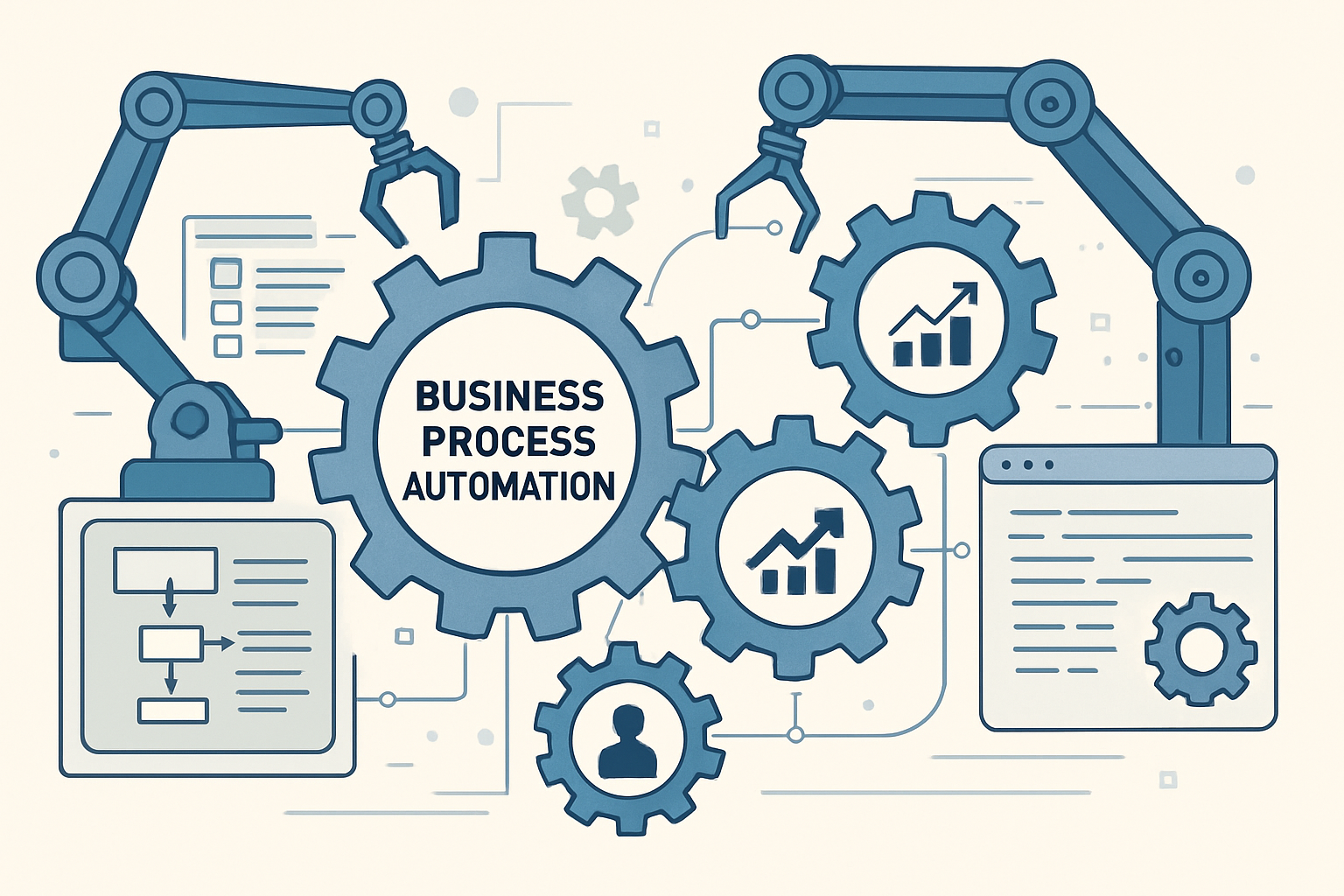As we move further into 2025, the question isn’t if your business should automate, but what you should automate first. Workflow automation strategy has become
crucial for staying competitive, boosting efficiency, and improving employee satisfaction. This guide provides a strategic framework to help you prioritize your automation efforts, focusing on business processes to automate for maximum impact.
Understanding the Automation Landscape
Before diving into specific processes, let’s define what we mean by automation in 2025. It goes beyond simple task management software. It encompasses a range of technologies, including:
- Robotic Process Automation (RPA): Software robots handling repetitive tasks like data entry and invoice processing.
- Artificial Intelligence (AI): Machine learning models that can automate complex decision-making, such as customer service chatbots and fraud detection.
- Business Process Management (BPM) Software: Tools for designing, automating, executing, and monitoring business processes.
A Framework for Prioritization
To decide what to automate first, consider these factors:
- Complexity: Start with less complex processes. Automating highly complex, multi-step workflows can be challenging and costly initially.
- Frequency: Focus on processes that are performed frequently. Automating a task done hundreds of times a day will yield a greater ROI than one performed only occasionally.
- Return on Investment (ROI): Evaluate the potential savings in time and resources. Consider both direct cost savings and indirect benefits like improved accuracy and employee morale.
Top Business Processes to Automate in 2025
Here are some prime candidates for automation, keeping the prioritization framework in mind:
- Onboarding: Automating the onboarding process – from sending welcome packages to setting up employee accounts – reduces paperwork and ensures consistency.
- Invoice Processing: Automating invoice processing minimizes manual data entry, reduces errors, and speeds up payment cycles.
- Customer Service: Chatbots powered by AI can handle routine inquiries, freeing up human agents for more complex issues.
- Data Entry and Management: RPA can automate the tedious task of transferring data between systems, improving accuracy and freeing up employees for more strategic work.
- Reporting: Automating report generation saves time and ensures that stakeholders have access to up-to-date information.
- Email Marketing: Automating email campaigns, including sending personalized messages and tracking results, can boost marketing effectiveness.
Strategic Considerations for 2025
- Integration is Key: Ensure that your automation tools integrate seamlessly with your existing systems.
- Employee Training: Invest in training so employees can effectively use and manage the new automated processes.
- Security: Implement robust security measures to protect sensitive data handled by automated systems.
- Scalability: Choose automation solutions that can scale as your business grows.
Measuring Success
Track key metrics to gauge the effectiveness of your automation efforts, including:
- Time savings
- Cost reductions
- Error rates
- Employee satisfaction
- Customer satisfaction
Conclusion
In 2025, strategic workflow automation is no longer optional but essential. By prioritizing business processes to automate based on complexity, frequency, and ROI, you can achieve significant gains in efficiency, productivity, and profitability. This strategic guide provides a starting point; remember to tailor your automation strategy to your specific business needs and goals

Leave a Reply